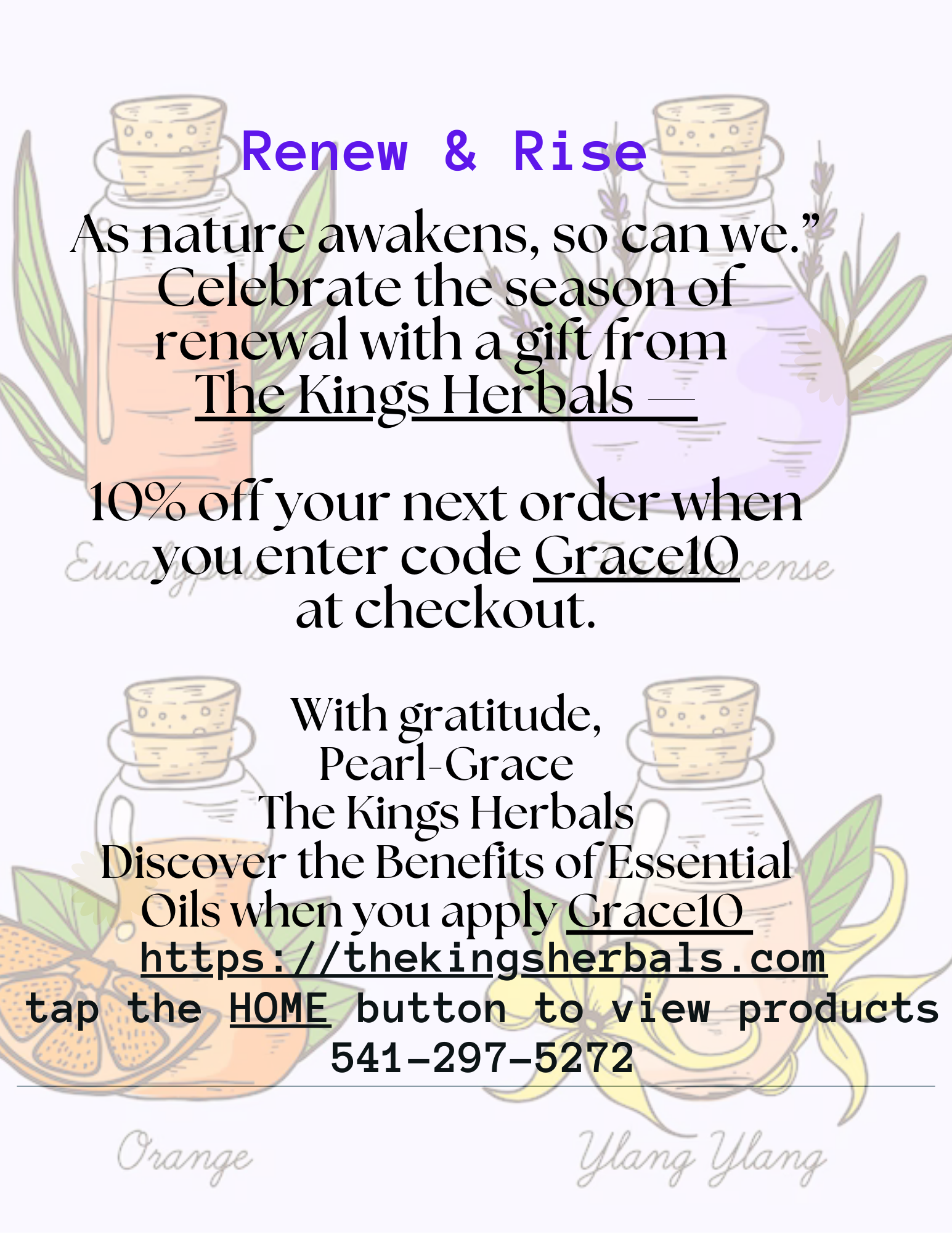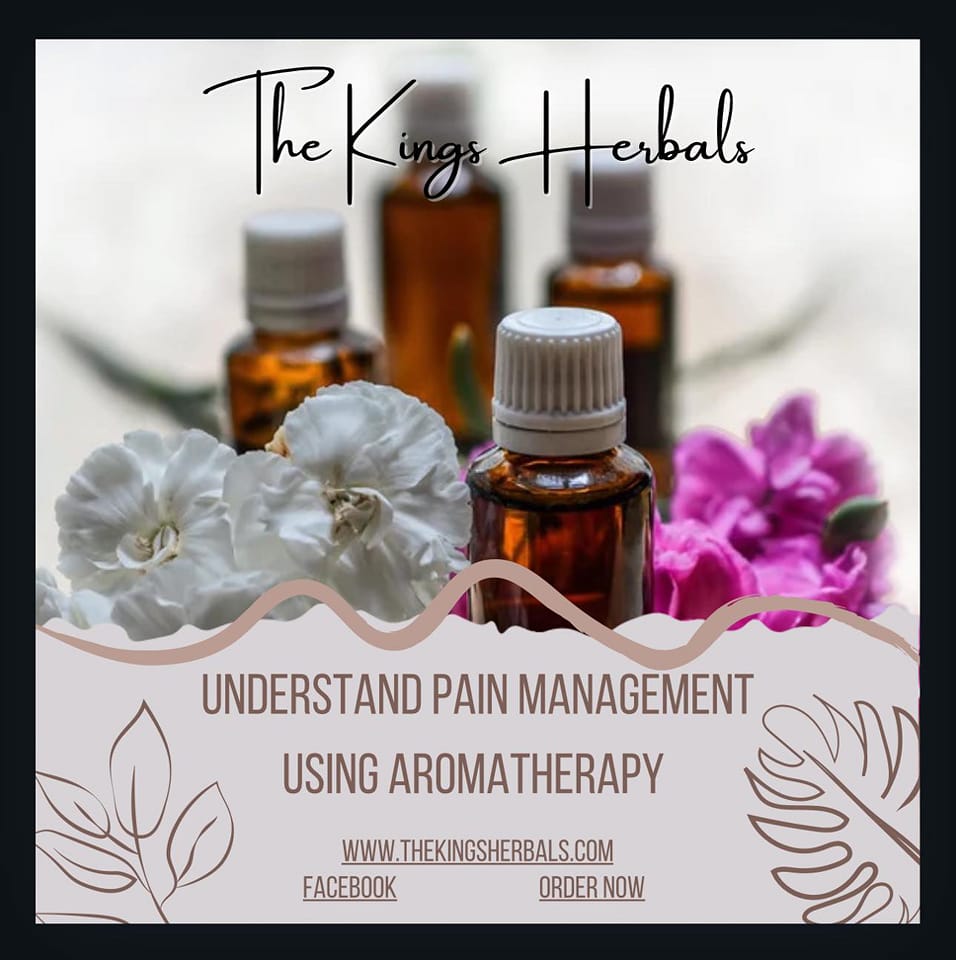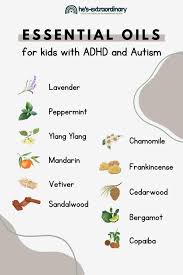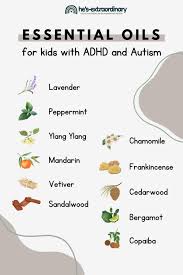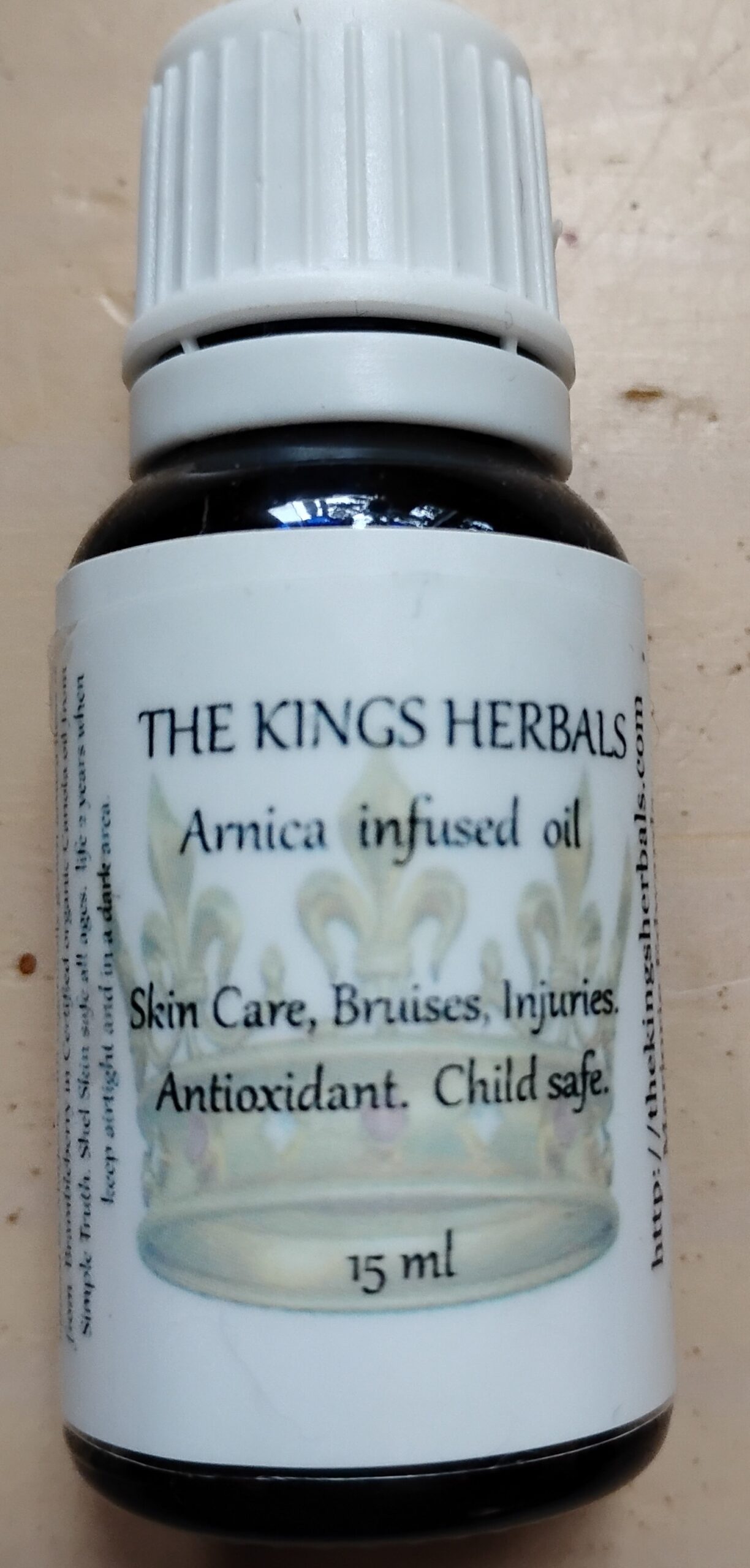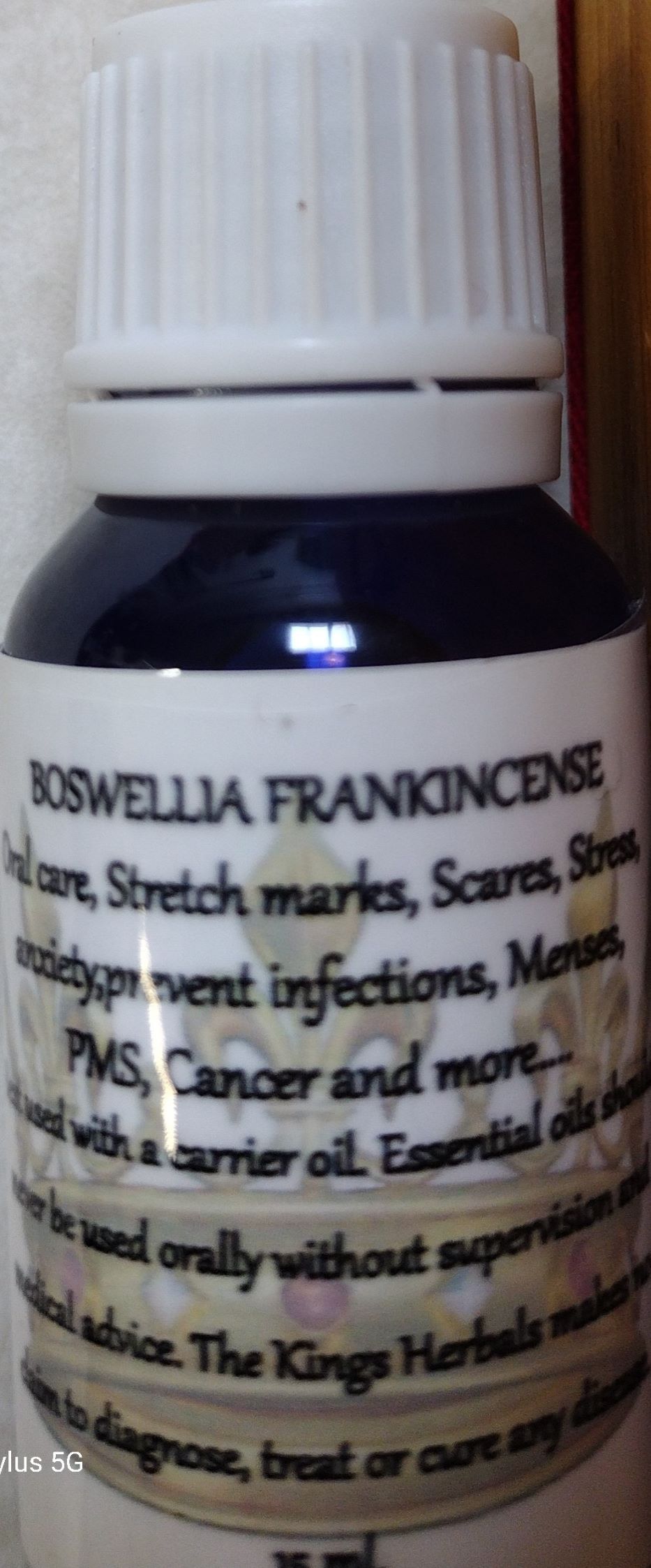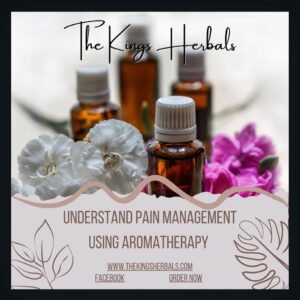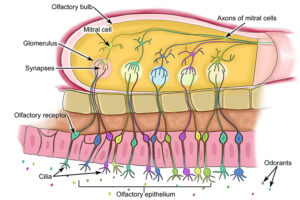“Exploring the Essence: Understanding Scent and Aromatherapy”
Aromatherapy involves using essential oils for therapeutic benefits, targeting issues like stress, anxiety, or pain. Techniques include diffusion, topical application, and baths.
Perfumery is the craft of creating fragrances, blending essential oils, aroma compounds, and solvents. It requires skill in balancing notes to develop a desired scent profile.
Scent is the overarching term for any smell, while fragrance usually refers to pleasant smells used in products. Together, they enhance our sensory experiences and emotional well-being.
Aromatherapy employs various techniques to harness the therapeutic benefits of essential oils. Here are some common methods:
- Diffusion: Essential oils are dispersed into the air using a diffuser. This method allows for a gentle, consistent release of aroma, creating a calming environment.
- Topical Application: Essential oils can be diluted with a carrier oil (like jojoba or coconut oil) and applied directly to the skin. This method is often used for localized issues like muscle pain or tension.
- Inhalation: Simply inhaling essential oils directly from the bottle or a cotton ball can provide immediate benefits. This is effective for quick relief from stress or anxiety.
- Baths: Adding essential oils to a warm bath can enhance relaxation and soothe the body. Always dilute oils in a carrier before adding to water.
- Massage: Incorporating essential oils into massage oils can enhance relaxation and improve muscle tension.
- Steam Inhalation: Adding essential oils to hot water and inhaling the steam can help with respiratory issues or congestion.
- Pillow or Linen Sprays: Creating a spray with essential oils can promote restful sleep when used on pillows or linens.
Perfume has various common uses, including:
- Personal Fragrance: Most commonly, people wear perfume to smell pleasant and enhance their personal scent.
- Special Occasions: Perfumes are often chosen for events like weddings, parties, or romantic dates to create a memorable impression.
- Confidence Boost: Wearing a signature scent can boost confidence and mood, influencing how individuals feel about themselves.
- Layering: Perfume can be layered with body lotions or deodorants to enhance or complement the overall fragrance experience.
- Gift-Giving: Perfumes are popular gifts for birthdays, holidays, or celebrations, often chosen to match the recipient’s personality.
- Home Fragrance: Some people use perfumes or fragrance mists to scent their living spaces, creating a welcoming atmosphere.
- Therapeutic Uses: While not as common as essential oils, some perfumes may incorporate aromatherapy principles to promote relaxation or uplift mood.
While both scent and aromatherapy involve smells, they differ significantly in purpose and application.
Scent is a general term that refers to any smell—pleasant or unpleasant. It encompasses all types of aromas and can be found in everyday life, from food to nature.
Aromatherapy, on the other hand, specifically focuses on using essential oils and plant extracts for therapeutic benefits. It aims to promote physical and emotional well-being through targeted inhalation or topical application of specific scents.
In summary, scent is a broad concept related to all smells, while aromatherapy is a specialized practice that uses certain scents for health and wellness purposes. Would you like to explore more about the therapeutic benefits of specific essential oils used in aromatherapy? Scent refers to all smells, while aromatherapy utilizes specific fragrances for health and wellness purposes. Would you like to delve deeper into the therapeutic benefits of essential oils used in aromatherapy?
